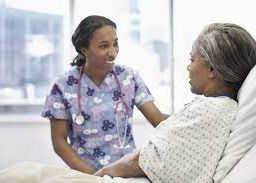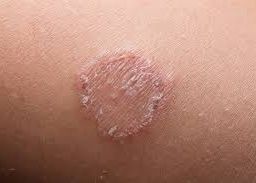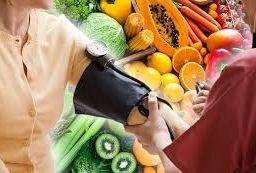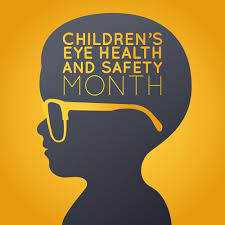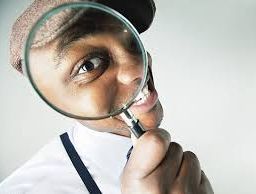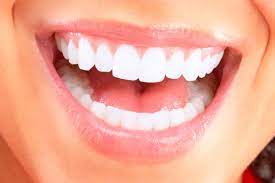
Dental Health Guide – Tips for a Healthy Smile and Strong Teeth
Dental health is paramount for a confident smile and overall well-being. Proper brushing and flossing techniques, combined with regular check-ups, play a pivotal role in maintaining optimal oral hygiene.
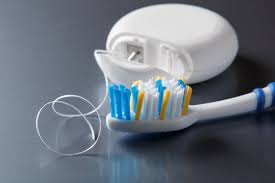
Maintaining proper oral hygiene is crucial for both a healthy smile and overall well-being. However, many people are unsure about the best sequence for brushing and flossing. In this post, we will the importance of brushing and flossing and provide guidance on the optimal sequence for your dental care routine.
The Significance of Brushing for Your Dental Health:
Brushing your teeth is a fundamental aspect of oral hygiene. Here’s why it matters:
1. Plaque Removal: Regular brushing helps eliminate plaque, a sticky bacterial film that can lead to gum disease and cavities.
2. Fresh Breath: Proper brushing removes food particles and bacteria responsible for bad breath, ensuring fresher breath throughout the day.
3. Prevention of Tooth Decay: By brushing regularly, you can prevent tooth decay and avoid costly dental treatments in the future.
The Importance of Flossing for Your Dental Health:
Flossing is equally crucial for maintaining optimal oral health. Here’s why:
1. Elimination of Food and Plaque: Flossing reaches the areas between your teeth and along the gumline that a toothbrush may miss, effectively removing trapped food and plaque.
2. Enhancement of Gum Health: Flossing reduces inflammation and the risk of infection, helping to prevent gum disease.
The Optimal Sequence for Brushing and Flossing:
So, which should you do first – brush or floss? Here is the ideal sequence:
1. Start with Flossing:
– Begin by flossing to remove food particles and plaque from between your teeth and along the gumline.
– Use a gentle back-and-forth motion, ensuring you reach all the spaces between your teeth.
– Flossing first guarantees that any debris dislodged during the process doesn’t get pushed back onto your teeth when you brush.
2. Proceed with Brushing:
– After flossing, proceed to brush your teeth using a soft-bristle toothbrush and fluoride toothpaste.
– Adopt a gentle circular motion to thoroughly clean the surfaces of your teeth and gums.
– Brush for a minimum of two minutes to ensure a comprehensive cleaning.
3. Complete with Rinsing:
– Rinse your mouth with water or an antimicrobial mouthwash to eliminate any remaining debris and bacteria.
– Spit out the rinse, avoiding swallowing it.
Additional Dental Care Tips to Enhance Your Dental Regimen:
1. Frequency: Brush your teeth at least twice a day (in the morning and at night) and floss at least once a day.
2. Replace Your Toothbrush: Change your toothbrush or toothbrush head every 3-4 months or when the bristles show signs of wear.
3. Regular Dental Check-ups: Don’t forget to schedule regular dental check-ups and cleanings with your dentist or dental hygienist.
4. Dietary Considerations: Limit your consumption of sugary and acidic foods and beverages, as they can contribute to tooth decay.
1. Brushing Your Teeth:
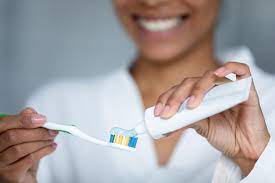
A. After Breakfast:
– Instead of brushing immediately after waking up, wait until after breakfast to protect your enamel from acid produced during consumption.
B. Wait 30 Minutes After Eating:
– Allow your saliva to neutralize acids and restore the pH level in your mouth by waiting approximately 30 minutes before brushing after meals.
C. Before Bed:
– Brush your teeth before bedtime to remove plaque and food particles accumulated throughout the day and prevent bacterial growth during sleep.
2. Flossing Your Teeth:

A. Before Brushing:
– Prioritize flossing before brushing to effectively dislodge food particles and plaque between teeth, enhancing the efficacy of brushing.
B. Master the Technique:
– Ensure thorough cleaning between teeth and along the gumline by gently curving the floss around each tooth and sliding it up and down.
C. Post-Meal Flossing:
– If flossing after a meal, wait briefly before brushing to ensure that any dislodged particles are eliminated during brushing.
3. Mouthwash:
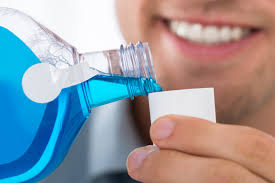
A. After Brushing and Flossing:
– Incorporate mouthwash into your routine after brushing and flossing to rinse away remaining debris and add an extra layer of protection against bacteria.
B. Choose Alcohol-Free Options:
– Opt for alcohol-free mouthwash to prevent mouth dryness and maintain a healthy oral environment.
– Consult your dentist for personalized recommendations based on your specific oral health needs.
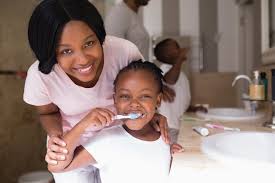
Maintaining a healthy smile is a simple yet crucial part of overall well-being. Consistency in your dental care routine, along with regular check-ups, will help you achieve and maintain a radiant, healthy smile for years to come. Remember to schedule regular dental check-ups and cleanings and consult with your dentist for personalized advice. With a well-designed routine, you’ll be on your way to a dazzling smile and excellent oral well-being.
Disclaimer: The information provided in this content is for general informational purposes only. It is not intended as medical or healthcare advice, diagnosis, or treatment. Always seek the advice of a qualified healthcare professional with any questions you may have regarding a medical condition or healthcare decisions.





